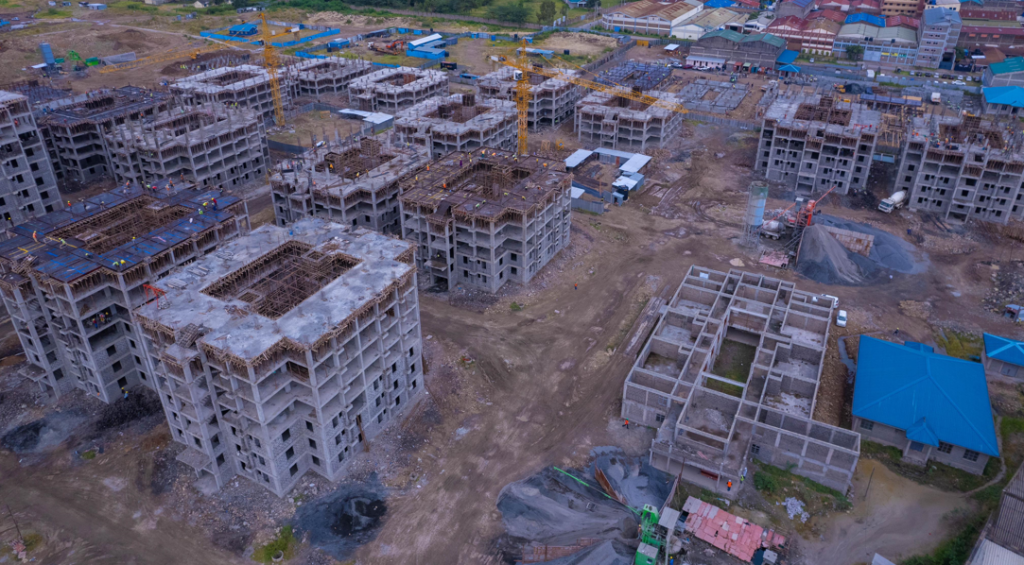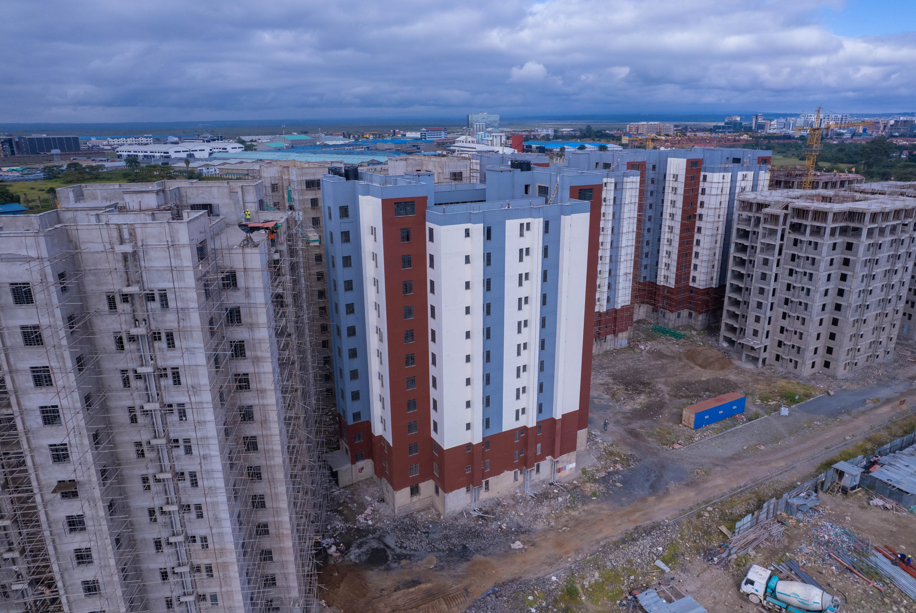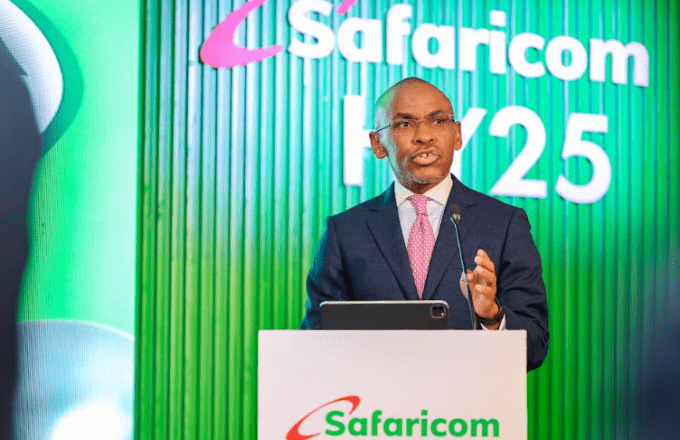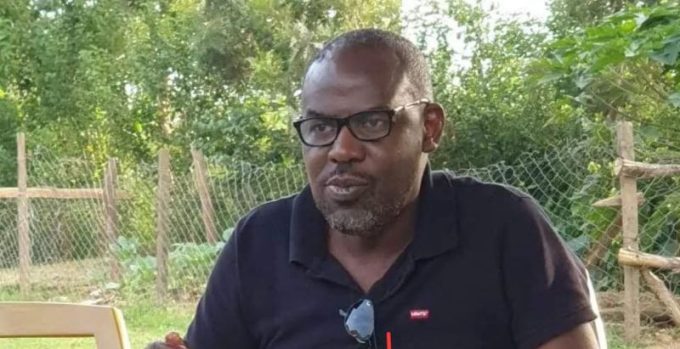Over the next four years, the government has planned over 730,062 affordable housing units, with already 112,405 completed and ongoing. This puts it to a total project pipeline of 842,467 affordable housing units.
These are the ambitious numbers the government is projecting in the Affordable Housing agenda, a feat presenting a glimpse of hope not only for decent affordable houses but also a provision of employment.
The government expects that projects will employ over a million Kenyans, both directly and indirectly during its life cycle.
Among those benefiting from the projects include plumbers, masons, electricians and local food vendors who provide food for the workers at the site daily.
Earlier this year, the government launched the Recognition of Prior Learning Policy (RPL).
According to the State Departments for Housing and Urban Development and TVET, the policy is a game-changer for artisans who have honed their skills through years of on-the-job experience but lack formal qualifications.
213 artisans have received an on-site assessment for RPL in their respective trades at the Kibra and Ruiru AHP sites.
70 rehabilitated youth have been placed across affordable housing sites in partnership with the Office of the Spouse of the Deputy President.
The government has ringfenced at least Ksh4.4 billion for Jua Kali and MSMEs in the ongoing affordable housing projects nationwide. This money will be paid to these MSMEs to construct, among other items, steel doors, windows, curtain rods, and provide landscaping services.
On a normal day, the Mukuru Met project has about 500 workers, most youths, while the Kibera Soweto site has about 400 daily workers. Some of the workers have been saved from drug and substance abuse, violence and other vices.
Vincent Juma, a construction worker, says the affordable housing projects have been a great boost to his business.
“The job (in affordable housing) has helped me boost my business. Before I got this job the income was not so good. The job has stabilised my income so far. I have heard of other projects in other places (like Mukuru). I have friends there who have called me to tell me things are better now,” Juma says.
The case is almost the same for Esther Njeri, who has been selling tea and mandazis to construction workers to earn a living.
“Apart from earning during the construction phase, I also expect to get a unit there,” she says.
According to David Musili, the project has transformed the lives of many youths in the slums who used to stay idle due to lack of jobs and sometimes got engaged in crime. “We used to stay idle most of the time. But such a project has brought about employment. We get every little job that comes up here which means we do not stay idle, and we can fend for ourselves,” Musili says.
Musili also slams politicians and a section of Kenyans who have been opposing the Affordable Housing Projects, saying that so many Kenyans are benefiting from the project.
“We should separate politics from the projects. This project has really helped us. Those claiming that we will not get houses here are lying. It’s the people who vacated this place for the project that will be given priority in the allocation of the houses. It will be a great change to our lives,” Musili adds.
Mukuru affordable housing project
The government is constructing at least 13,248 social housing units for residents of the Mukuru area, with all attendant amenities such as electricity, sewer, roads, schools, and markets.
It is expected that Mukuru Met Site will accommodate up to 45,000 people once completed.
The project will have 116 blocks on a 41.6-acre piece of land, with 48 blocks of two-bedroom units providing 4,608 units, 14 blocks of one-bedroom units totalling 3,024 units
and 26 blocks for bedsitters/studio units with 5,616 units.

development, including the construction of 3.175 kilometres of road, 780 units of parking, construction of stormwater drainage, main trunk sewer and branches, sewer collection for the verticals and a strip mall.
Other amenities include one fire station, an outpatient centre, 39 transformer houses, three daycare centres, six pump rooms, seven waste rooms, three gatehouses, an underground water tank with 5,000,000-litres capacity and high-level water tanks.
Read: How Kibera Affordable Housing Project Has Improved Security in Slums
>>> In Kenya, Affordable Housing Dreams Built On a Digital Platform












Leave a comment